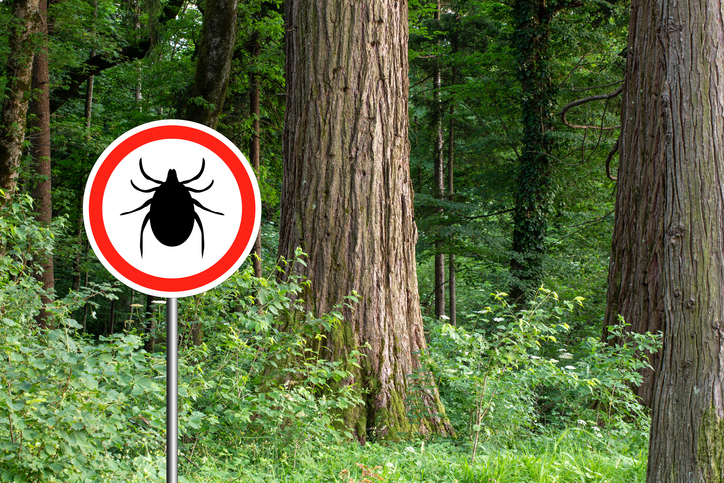 |
(Getty Images Bank) |
The number of Lyme disease cases has increased in South Korea, raising concerns that the tick that carries the virus might have already become endemic.
The Korea Disease Control and Prevention Agency on Monday said there were 45 reported cases of Lyme disease in the country last year, including 36 cases in which people were infected domestically, eight cases in which people were infected overseas and one with an unknown transmission route.
Lyme disease, an illness caused by borrelia bacteria, is transmitted to humans through infected ticks. The symptoms of the disease vary, including skin lesions, fever, headache, fatigue, joint aches and body swelling. If diagnosed early, the disease can be cured with antibiotics. But if left untreated, the bacteria can spread to multiple organs, causing arthritis and chronic problems in the nervous system, cardiovascular system and musculoskeletal system. In severe cases it can be fatal, especially to those with weakened immune systems.
Since the first case of a domestic infection of Lyme disease in Korea was found in 2012, the number of infections has fluctuated, with 23 cases in 2019, 18 in 2020, eight in 2021 and 22 in 2022. Last year’s number of locally-transmitted cases reached 36, marking a significant rise.
According to KCDA data, 72.4 percent of the cases were contracted locally in the past five years, compared to 56.4 percent between 2011 and 2018.
The KDCA said that due to climate factors such as temperature, humidity and rainfall, the ticks that transmit Lyme disease appear already to have become endemic to Korea.
“With climate change, we expect an increase in the tick population, which could lead to more infections and wider regional outbreaks in the future,” it said.
Ticks known to carry Lyme disease have been found in nearly all regions in Korea, except Inje in Gangwon Province; Gwangju, Gyeonggi Province; Boseong, South Jeolla Province and Jeju Island.
The best way to prevent the tick-borne disease is to avoid areas where ticks live: wooded, leafy and areas with tall grasses. When going outdoors, it is recommended to wear long sleeves and pants and to apply insect repellent. After going outside, thoroughly check your body to make sure you have not been bitten by a tick. If bitten, remove the tick as soon as possible and visit a hospital for appropriate treatment.







![[Herald Interview] How Gopizza got big in India](http://res.heraldm.com/phpwas/restmb_idxmake.php?idx=644&simg=/content/image/2024/11/20/20241120050057_0.jpg)